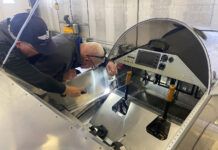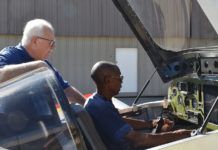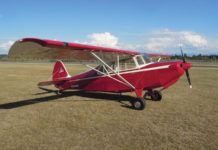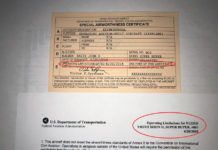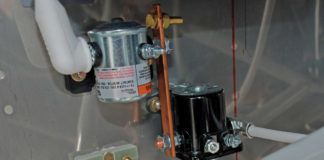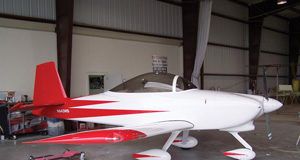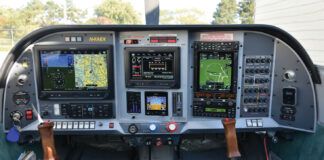Intake Valve Failure
“Error Chain” in the September 2016 issue is a great article, with the exception of why the intake valve keys failed. The author didn’t mention that the tapered valve keys really don’t need the ring inside the valve key to hold the valve stem securely. The idea behind the tapered valve key is to wedge the valve stem between the two valve keys as the valve spring exerts pressure on the valve spring retainer, thus squeezing the two valve keys together. I believe in this instance the wrong size or diameter valve keys were installed around the valve stem, which led to an early failure when all of the spring pressure was exerted on the ring projections inside of the valve keys. The projections are there to align the valve key while the valve spring retainer is installed. One can check for proper installation of the valve keys by looking for a small gap at either one or both sides of the valve keys once they are installed. The two keys should not touch each other at both sides at the same time—they rely on a small gap in order to effect a wedge fit once installed.
—Michael J. Dieck
Stay Vigilant
Vic Syracuse’s article [“Maintenance,” December 2016] really struck a chord. I have an RV-7A at KSPG (St. Petersburg) in Florida. It’s about 6 or 7 years old and had flown more than 600 hours when I bought it. I think, and my brother who built an RV-6 thinks, that it was excellently built. A retired airline pilot ferried it from Idaho, where I bought it, to St. Petersburg and had nothing but praise for the plane.
I had flown it for 25 hours or so when my ailerons locked up when I was taking off. I couldn’t move the stick left or right and was lucky they locked when the plane was level. The tower was cooperative, and I ooched it around with the rudder and managed to land it without damage. When I took off the port wingtip while searching for the blockage, I found the culprit—probably during construction, someone left a 4-inch long #4 size battery cable wire in the tip. It rolled around for six years through numerous flights until it slid into a drain hole not much bigger than its own diameter and jammed the aileron against the outer end.
It had to be me. Your article made me realize I need professional help.
—William P. Edwards
This is a good cautionary tale for everyone involved in Experimental aviation. There are thousands of details in our airplanes, any one of which can cause problems. We need to remain vigilant and recognize that no problem is trivial.—Ed.
The First Answer
Paul Dye’s editorial, “The First Answer” in the February 2017 issue, really struck home. I’ve been involved in building and flying an Experimental airplane for 36 years and have repeatedly faced the following conundrum:
When I am trying to solve a problem, my first solution is always cumbersome and too complicated. This tells me that I don’t understand the problem.
After much deliberation I finally arrive at a simple, elegant solution. This tells me I don’t understand the problem.
—Jerry Marstall
Glad you enjoyed the column. We’ve seen it work both ways as well!—Ed.
Write to [email protected].


